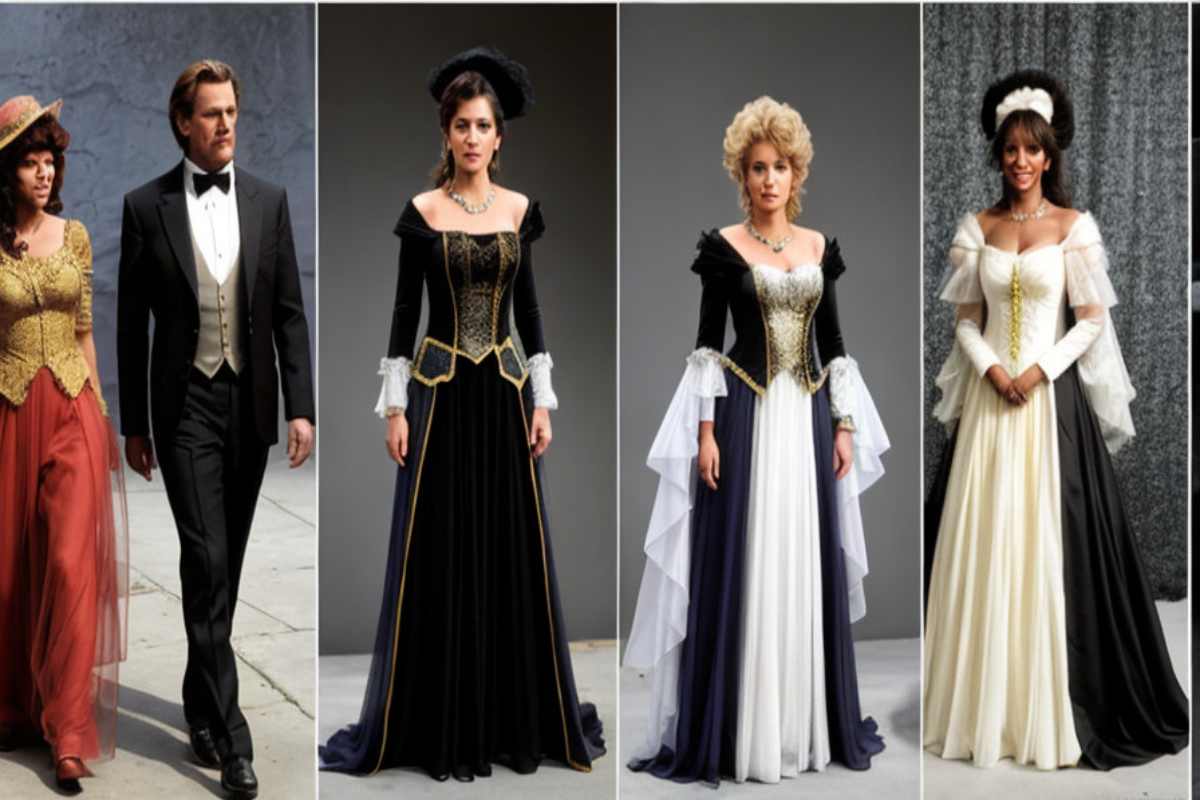Fashion is a world of glitz, glamor, and, most importantly, groundbreaking creativity. While we often celebrate the stars of today’s scene, it’s vital to remember the trailblazers who paved the way.
Here, we’ll dive into the stories of some lesser-known but influential designers from history. After you’re done playing at cleopatra casino au, we’ll explore the lasting impact these artisans had on the world.
Table of Contents
History of Design
Design has evolved a lot over the centuries. Each era had its unique flair. From the elaborate ballgowns of the 18th century to the simplicity of the 20th century.
Dressmakers always played a crucial role in shaping these trends. They often drew ideas from their cultural, social, or even political environments. It was all about the stories and personalities behind these clothes.
Lesser-Known Figures
- Mariano Fortuny (1871-1949): A Spanish dressmaker, he is best known for his “Delphos Gown.” It was finely pleated with silk and inspired by ancient Greek clothing. His new techniques and use of luxurious fabrics marked a shift in the early 20th century.
- Lucile, Lady Duff Gordon (1863-1935): A British designer, she was a true pioneer. She created lingerie and lighter, more flowing pieces. She’s also credited with organizing the first-ever “fashion shows”. Models walked down a runway to an awe-stricken public. This is a practice that’s now a staple in the industry worldwide.
- Charles James (1906-1978): An American talent known for his structured, sculptural gowns. His approach was almost architectural, thus often hailed as America’s first real couturier.
- Madeleine Vionnet (1876-1975): A French artisan, she created the bias cut. A technique that allows the fabric to cling softly to the body and move with grace. She revolutionized women’s fashion by offering a freedom of movement unknown before.
- Ann Lowe (1898-1981): The first famous African American designer. Her most iconic work was Jacqueline Kennedy’s wedding dress. Despite her significant contributions, she remained unknown and uncredited for much of her career.
Impact and Legacy
These names, though not household, have left an indelible mark on the industry. Fortuny’s pleating continues to be referenced in collections like that of Issey Miyake.
Lady Duff Gordon’s marketing laid the fundamental groundwork for how shows today look. These are small examples of the timelessness of their work.
Other honorable mentions include:
- Paul Poiret (1879-1944): Known for freeing women from corsets and popularizing a more natural silhouette.
- Elsa Schiaparelli (1890-1973): Famous for her surreal and whimsical style, she worked with the talented Salvador Dali.
- Jeanne Paquin (1869-1936): The first woman to head a major Parisian house, she made lavish evening gowns.
- Mainbocher (1890-1976): Known for his elegant simplicity and the creator of the signature “Mainbocher Corset.”
- Hattie Carnegie (1889-1956): An influential face who helped shape American women’s dress in the early 20th century.
The Ripple Effect
Today’s artists often draw from this rich heritage. Whether consciously or subconsciously, they weave elements from the past into contemporary styles.
For instance, the concept of upcycling and sustainability is now making major buzz. Yet it can be traced back to those who repurposed materials during times of scarcity. The bold use of color and abstract designs seen in current collections also echo the experimental spirit of the early 20th century.
The democratization of fashion, where high-end is adapted for wider audiences, also has roots in the past. They challenged norms and dared to be different. In doing so, they laid the foundations for a more inclusive and diverse industry. Their stories, filled with innovation and resilience, serve as a powerful source of inspiration.
Wrapping Up
Their impact goes far beyond their time. By looking back, we gain a deeper appreciation of the craft and the endless possibilities it holds for creativity and expression. We should not only honor their legacy but also enrich our understanding of this evolving narrative.
Also Read: Silk Sarees

